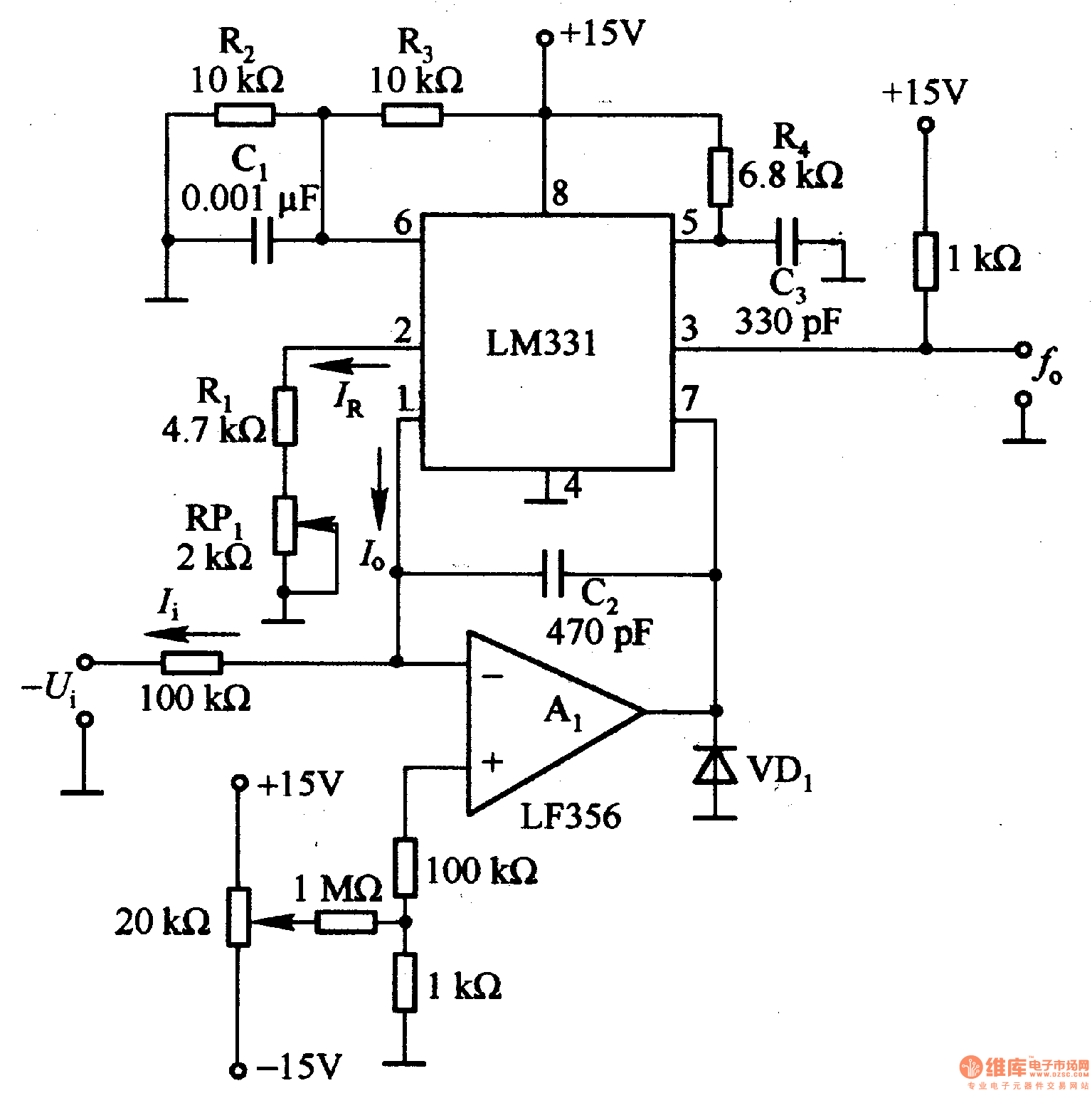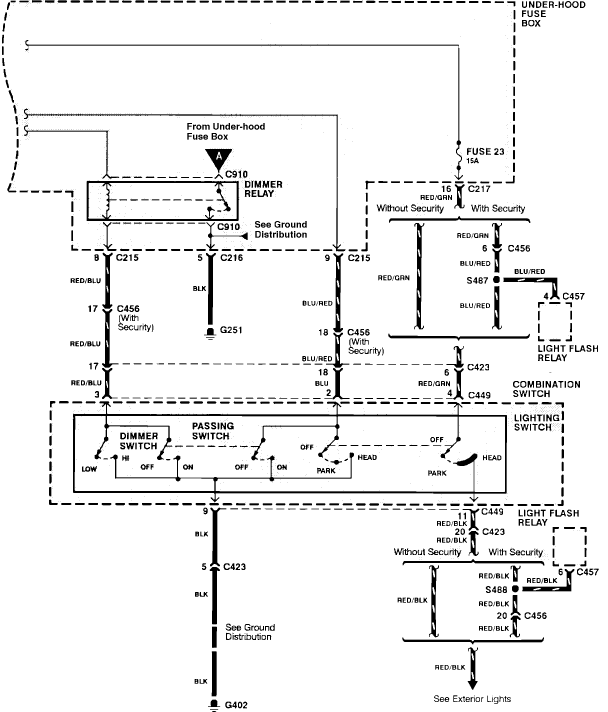
Fishing Thermometer Project Circuit

This simple-to-construct water fishing thermometer circuit is intended for use in sports applications, such as fishing contests. A sensor measures...
This water fishing thermometer circuit is designed to provide accurate temperature readings of water, making it an essential tool for anglers during fishing contests. The circuit typically consists of a temperature sensor, such as a thermistor or an LM35, which is submerged in the water to measure the temperature.
The output from the temperature sensor is an analog voltage signal that corresponds to the temperature. This signal is then fed into an analog-to-digital converter (ADC) if a microcontroller is used, allowing for digital processing and display. The microcontroller can be programmed to display the temperature readings on an LCD screen or send the data wirelessly to a smartphone app for real-time monitoring.
In terms of construction, the circuit requires a power source, which can be a battery for portability. The components should be housed in a waterproof enclosure to protect them from water damage. Additionally, calibration of the temperature sensor may be necessary to ensure accurate readings, which can be done using known temperature references.
Overall, this circuit not only enhances the fishing experience by providing vital information about water temperature but also offers an educational opportunity for those interested in electronics and sensor applications in outdoor sports.This simple to construct water fishing thermometer circuit is intended to be used in sports applications like for example a fishing contest. A sensor measu.. 🔗 External reference
This water fishing thermometer circuit is designed to provide accurate temperature readings of water, making it an essential tool for anglers during fishing contests. The circuit typically consists of a temperature sensor, such as a thermistor or an LM35, which is submerged in the water to measure the temperature.
The output from the temperature sensor is an analog voltage signal that corresponds to the temperature. This signal is then fed into an analog-to-digital converter (ADC) if a microcontroller is used, allowing for digital processing and display. The microcontroller can be programmed to display the temperature readings on an LCD screen or send the data wirelessly to a smartphone app for real-time monitoring.
In terms of construction, the circuit requires a power source, which can be a battery for portability. The components should be housed in a waterproof enclosure to protect them from water damage. Additionally, calibration of the temperature sensor may be necessary to ensure accurate readings, which can be done using known temperature references.
Overall, this circuit not only enhances the fishing experience by providing vital information about water temperature but also offers an educational opportunity for those interested in electronics and sensor applications in outdoor sports.This simple to construct water fishing thermometer circuit is intended to be used in sports applications like for example a fishing contest. A sensor measu.. 🔗 External reference





